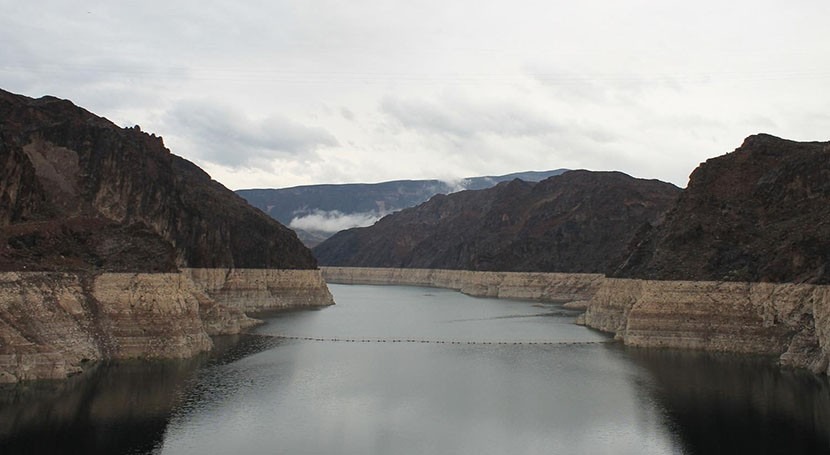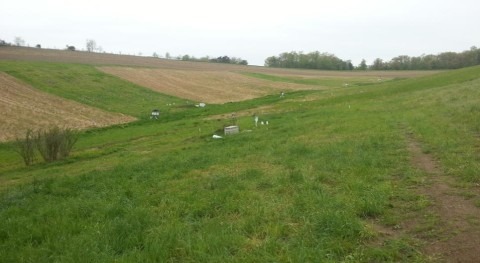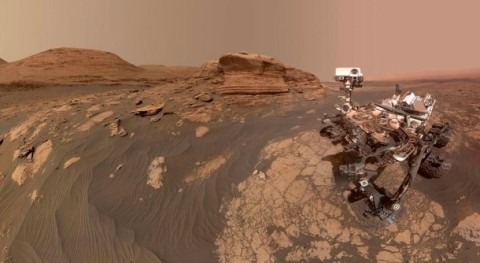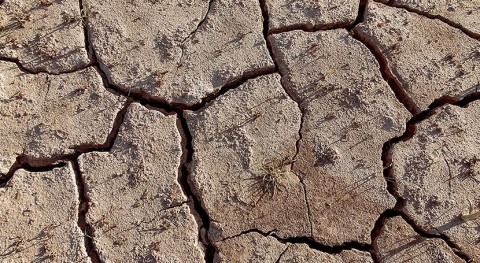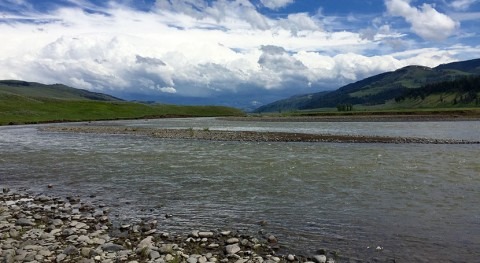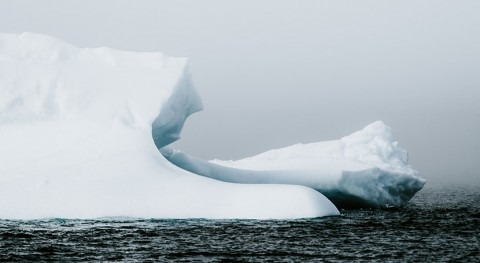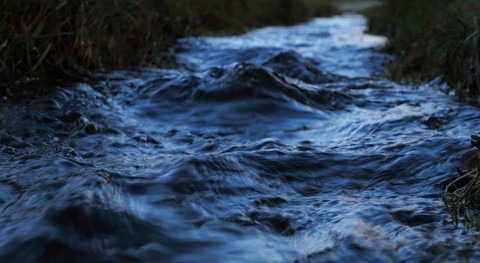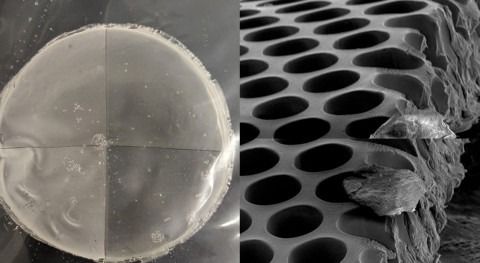The Colorado River basin, which supplies water to 40 million people in the Western United States, is threatened by historic drought, a changing climate and water demands from growing cities. One potential response involves encouraging individuals to conserve water, and a new study may help identify those most likely to change their behaviors to contribute, according to scientists.
“The Colorado River basin is undergoing a nearly unprecedented level of drought — possibly the worst the region has experienced in 100 years,” said Renee Obringer, assistant professor of energy and mineral engineering at Penn State. “Recently, water managers have increasingly looked toward encouraging conservation behaviors, but the success of these strategies requires an understanding of community-specific attitudes and beliefs.”
The scientists tapped into survey data from 3,000 residents of three western cities — Phoenix, Las Vegas and Denver — part of a 2018 project to gauge attitudes toward climate change. The team ran the responses through a state-of-the-art clustering algorithm and were able to identify distinct groups of water consumers across the cities.
“What our study is trying to do is develop archetypes of attitudes toward conservation,” Obringer said. “That information can then be used to better understand the populations and potentially to develop targeted interventions that might actually aim to change attitudes.”
Seven archetypes emerged from the analysis — ranging from confident deniers, who are sure of their ability to conserve water but deny there is a need to do so, to would-be participants, who may be willing to conserve but are not yet doing so.
Would-be participants were among the largest group across the three cities, and the scientists said those findings suggest that targeted conservation campaigns could convert those residents to participants and have a real impact on water consumption.
“Given that there’s such a large group, there’s a real opportunity to do information campaigns to help people know what they can do, even in non-drought years, to participate,” Obringer said. “If you can convince people to change attitudes, then you could have this long-term demand reduction without needing to do mandates, which are not very popular and may not producing lasting changes once the mandates are lifted.”
The scientists reported their findings in the journal Water Resources Management.
Previous work in this field has focused on individual cities, resulting in city-specific findings with limited use for other communities, the scientists said. The archetypes identified in the new study, however, were consistent across the three cities, suggesting the findings are not just grouping together residents of each community.
“There needs to be this in-between where we have enough specificity that we can apply what we learn but not too specific that the process can’t be transferred elsewhere,” Obringer said. “I think this study really finds that middle ground.”
The clustering algorithm is a type of machine learning that allows a computer to map out and learn relative similarities between data points. Machine learning is a powerful tool that can extract patterns the human eye may not see.
“That’s really what the computers can do — take those numbers and look holistically and say on average this respondent is more similar to this respondent over here and they should be grouped together,” Obringer said. “It looks at how similar they are and it keeps iterating until it finds the final split where they are no longer overlapping and where they are clustered all together.”
The scientists said the next step of this research involves building a simulation technique that allows them to assign architypes to households and model whether changes in participation result in differences in water availability.


